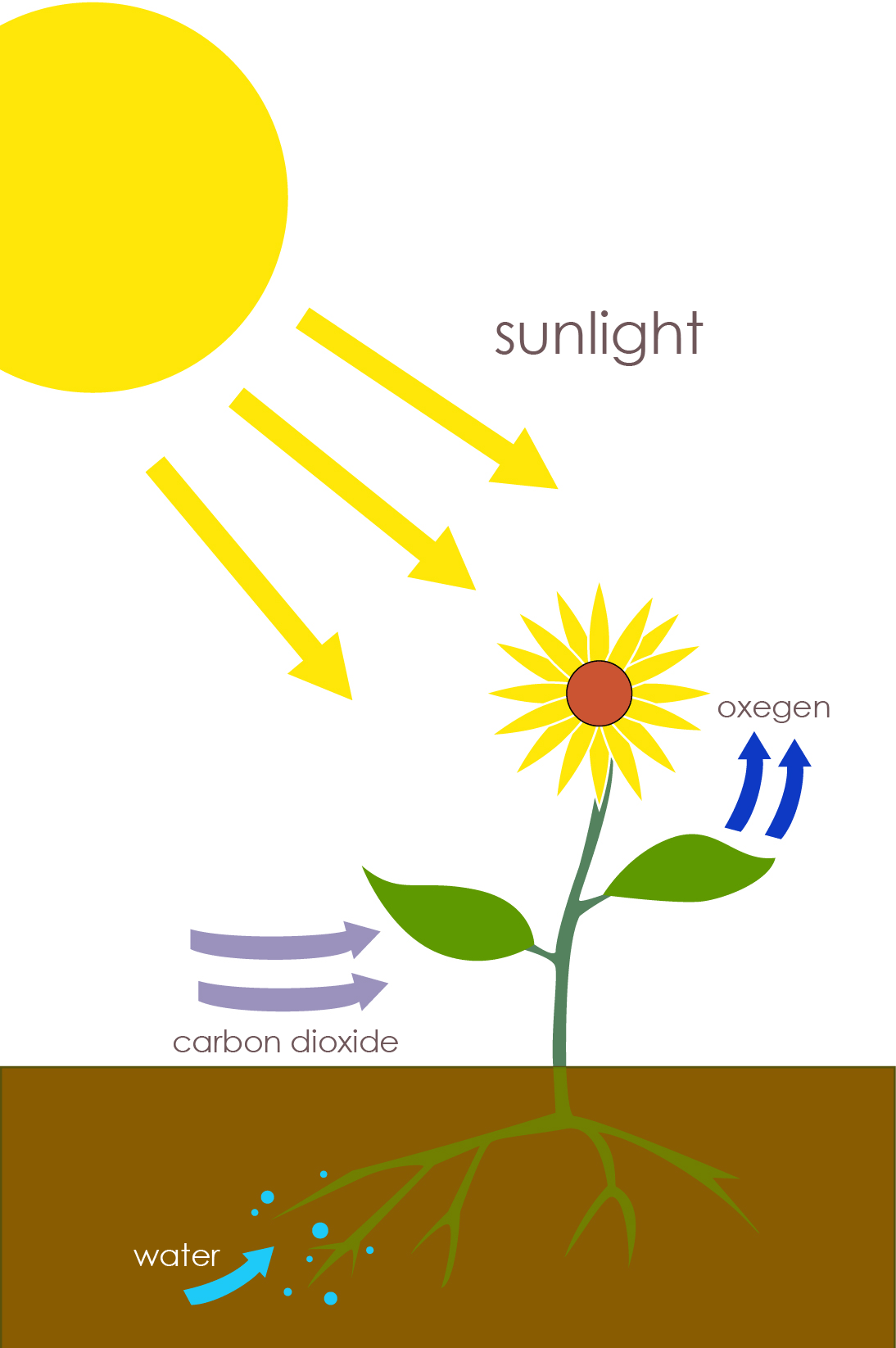Nutrition and Health
Like most green plants in tropical regions Mimosa pudica gets its energy through photosynthesis and nitrogen-fixing bacteria. However it has a much more difficult time soaking up rays than the tall neighboring ferns and trees. Because of this M. pudica has adapted to tolerate a shady environment. Sometimes though Mimosa pudica is its own worst enemy. Most of the time the plant sits with its leaves wide open to absorb as much light as possible but if for any reason it closes its leaves or makes them limp photosynthesis rates drop by a whopping 60% (Hoddinott, John).
M. pudica is a popular ingredient in several drug
treatments for various medical ailments. Root extracts were
found to have components that inhibit acetylcholine (Dnyaneshwar
D. Kokane, Rahul Y. More, Mandar B. Kale, Minakshi N. Nehete,
Prachi C. Mehendale, Chhaya H. Gadgoli). Acetylcholine is a
neurotransmitter that works as a stimulus and excites the
muscles. By containing acetylcholine inhibitory components,
Mimosa pudica root extracts are used in anticonvulsant and
anti-venom drugs (Dnyaneshwar D. Kokane et al.). Also extracts
of Mimosa pudica were tested against bacterial agents
including
E. coli and
Staphylococcus and Salmonella. When compared
alongside common antibiotics the plant extracts were shown to have “good
antimicrobial activity” (S.M. Pawaskar, K.U. Kale). This shows
that extracts of Mimosa pudica are successful in wiping
out harmful bacteria and can be useful in antibacterial
products. If you want to know about more organisms that help out
in our modern medicine such as the
Quinine plant or
pomogranates
click here.
common antibiotics the plant extracts were shown to have “good
antimicrobial activity” (S.M. Pawaskar, K.U. Kale). This shows
that extracts of Mimosa pudica are successful in wiping
out harmful bacteria and can be useful in antibacterial
products. If you want to know about more organisms that help out
in our modern medicine such as the
Quinine plant or
pomogranates
click here.
